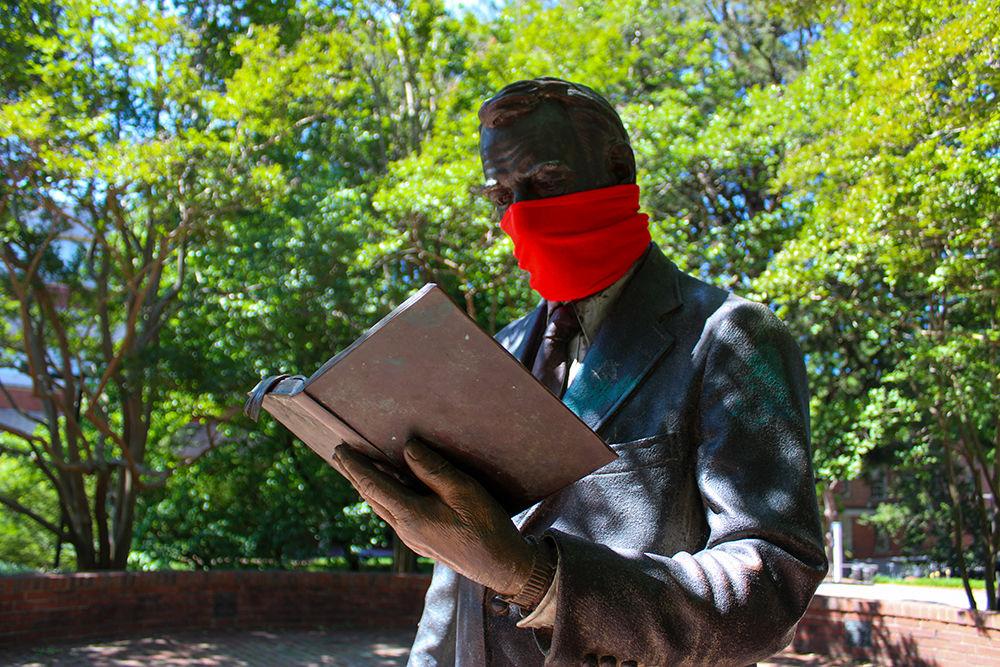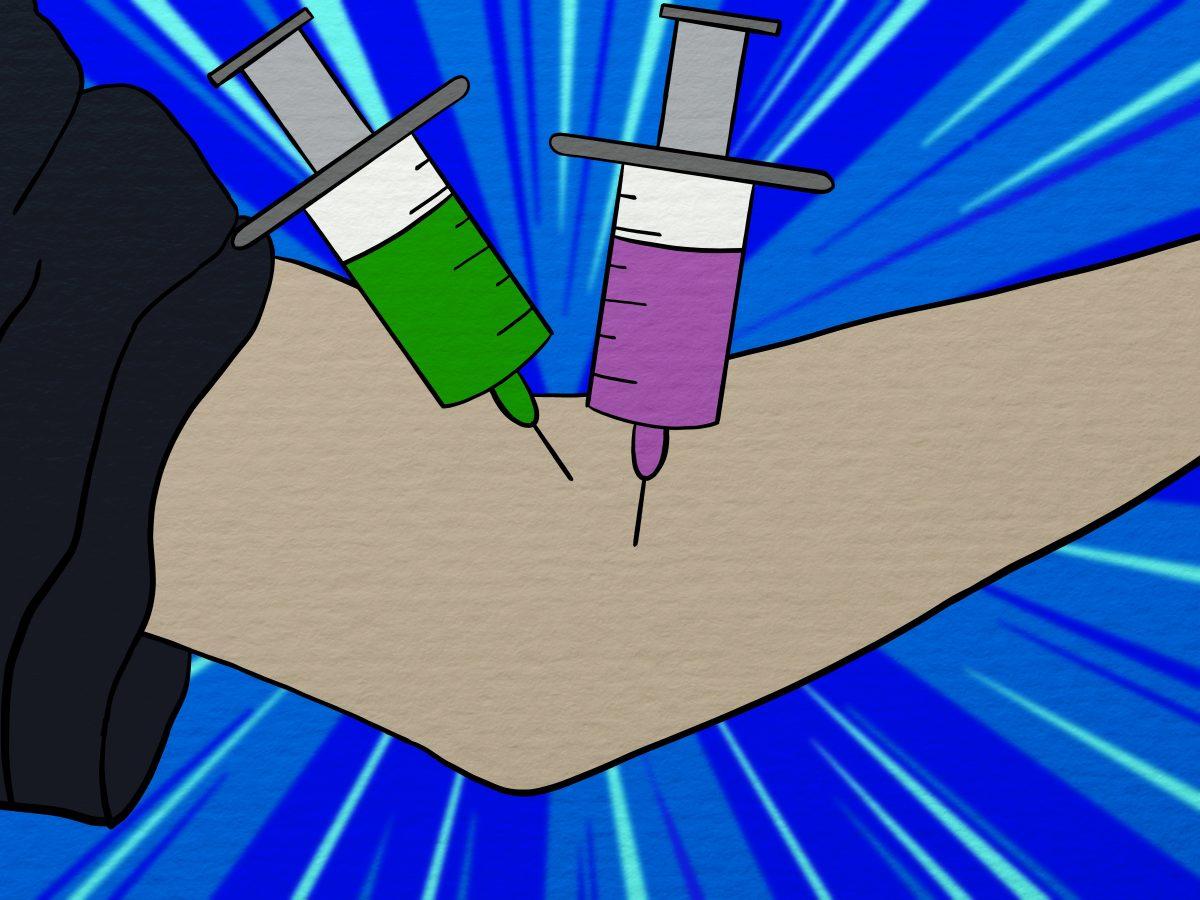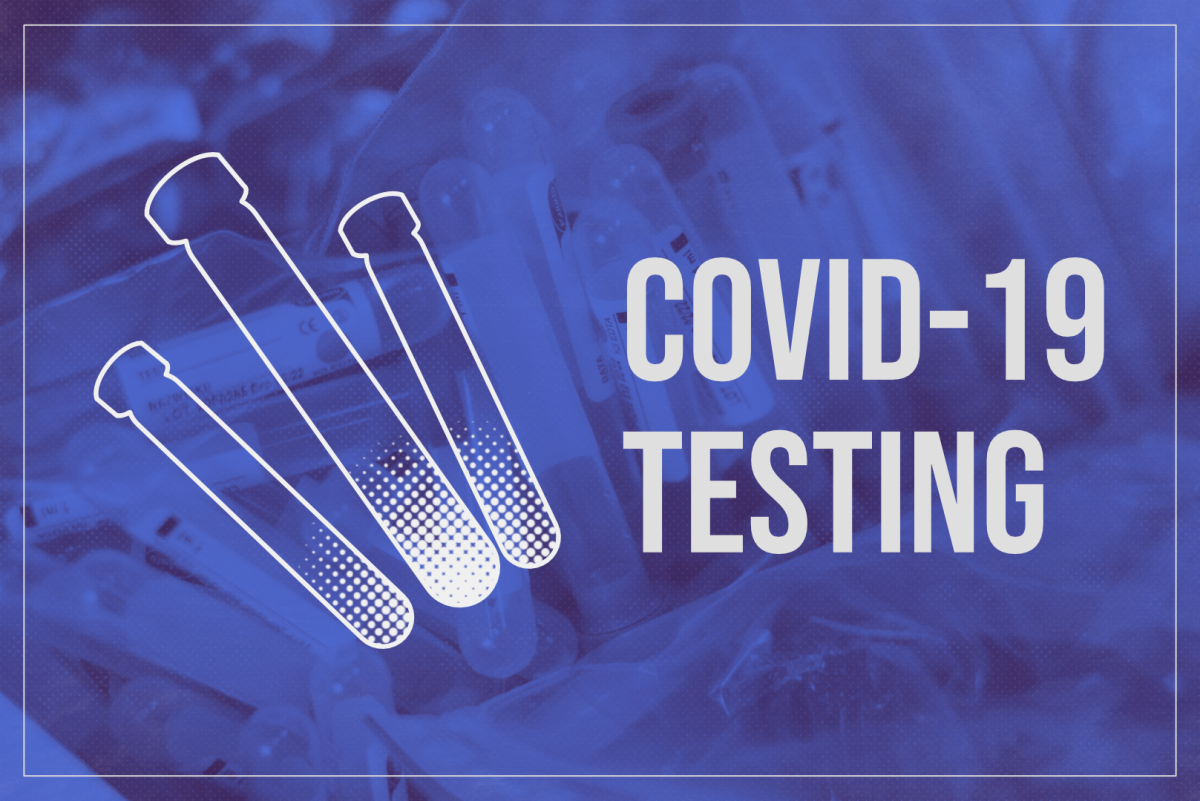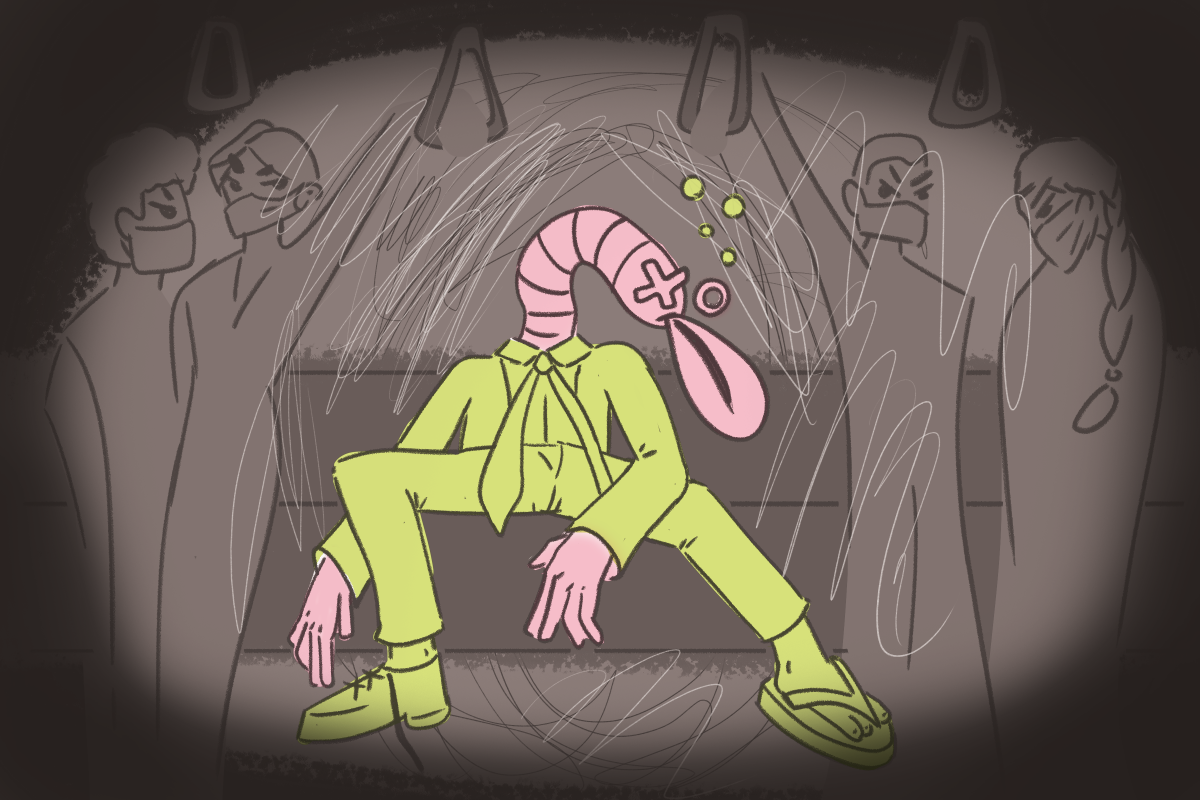With the number of incoming students from different countries, cities and states, infection rates are likely to change, and the chance of spreading COVID-19 on campus will substantially increase, according to Dr. Julie Casani, director and medical director of Student Health Services.
NC State continues to announce precautionary measures to be taken to minimize the spread of COVID-19 on campus, including requiring all students, faculty and staff to wear a mask and the introduction of a contact tracing program. However Casani said she is still worried about the risk of spreading the virus with the influx of students.
“We still have a month, only a month, before classes start and students return to campus, and so a lot of things could change,” Casani said. “Unfortunately I do think they’re changing for the worse, so I do think that we’ll have a pretty risky group coming back to campus. One in 50, one in 100, one in 200—it’s pretty hard to say—but I think it’s going to be a fair number of students.”
The Student Health Center on campus has taken extra precautions to ensure students can still be seen safely, quickly and in an orderly fashion according to Jessica Pettersson, the outreach and student engagement coordinator at Student Health.
“We’re going to do call-in only appointments; that way they can have someone they can talk to, someone they can tell what’s going on, so we can be able to assign you to the appropriate care,” Pettersson said. “That’s going to take a lot of guesswork out of things, and … get people in where they need to be, when they need to be there.”
Pettersson said that after students enter the Student Health Center for their appointment, there will be signage directing them where to go, and there will be hand sanitizing stations throughout the building, including at check-in kiosks. Students also have the option to wait outside for their appointment, and they will receive a text message from their provider when they are ready to be seen.
Student Health is also implementing a system for contact tracing, which Casani said is critical for identifying cases of COVID-19 and informing students who were in contact with the infected person.
“You self-report, and one of our health providers calls you, reaches out to you, and says ‘where have you been, and who were you close to?’” Casani said. “What we’re trying to do is identify the people who were exposed and get them out of circulation.”
The next step is reaching out to other students who may have been in contact with the infected person, who are then assessed for symptoms and urged to self-quarantine for two weeks. Student Health will still maintain contact with the student for the next two weeks, to assess symptoms and test them if needed. Casani emphasized that any information students share while filing a report is kept completely confidential.
“If we were in close contact—let’s say, I went to that class but I sat in the back of the room, was never near the professor or the instructor—we don’t tell the instructor who is sick, but we would give you, if you needed it, documentation to support if you told the instructor, ‘Hey, I need to be out for two weeks, and here’s why,’” Casani said. “The instructors have been pretty well geared-up to expect this.”
Casani said Student Health is still open to all students, regardless of whether they are experiencing COVID-19 symptoms or not. To make an appointment, all students have to do is call Student Health, and they have the option of being seen in person or over a secure telehealth platform for those who are not comfortable coming in to the Student Health Center.
In the meantime, Student Health Services is working to educate students about the importance of wearing masks as well as staying aware of the infection rate in their area. Pettersson is planning to continue doing outreach on social media, including sharing updates about the spread of the virus as well as different ways students can keep themselves safe.
“It really is important to be careful when you’re in groups or when you’re around other people, so wear your mask, try to stay away from people,” Casani said. “Six feet is the optimal. I know it’s not always possible, but try to stay six feet apart.”
Students can find more information and updates about Student Health Services here.
For students who want to find updated information on the infection rates in their own community, they can check the Johns Hopkins University of Medicine website.
If students need to self-report symptoms of COVID-19, they can find the link here.
Editor’s Note: An earlier version of this story misspelled Pettersson. It has been corrected.













